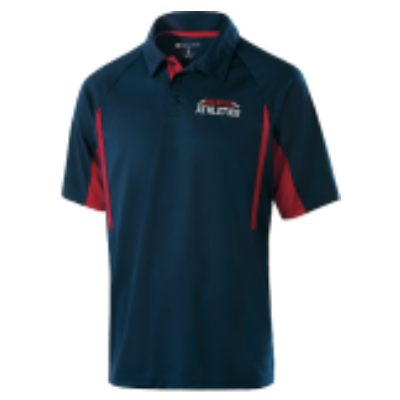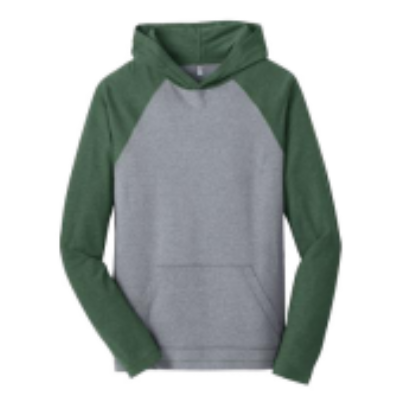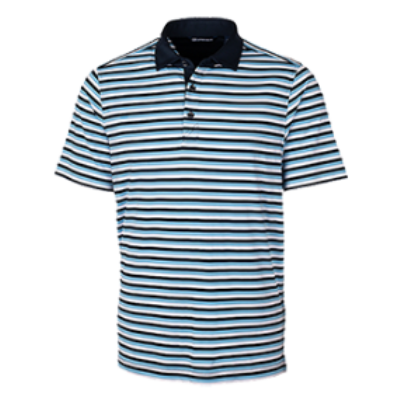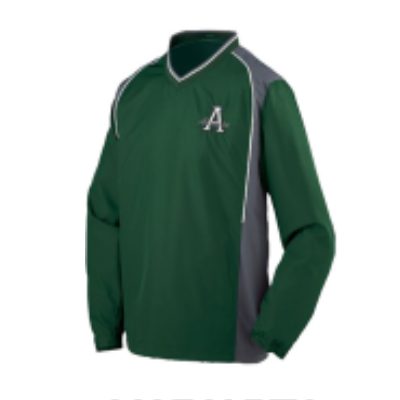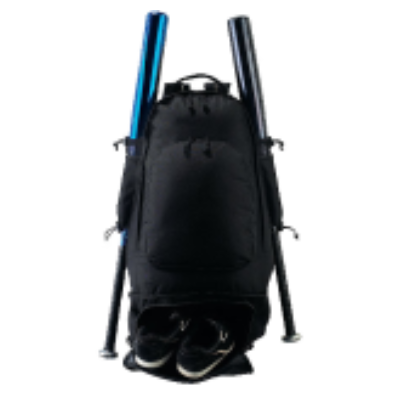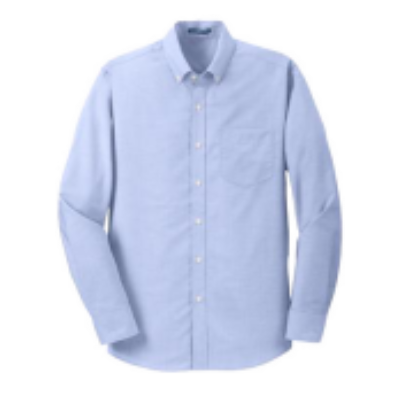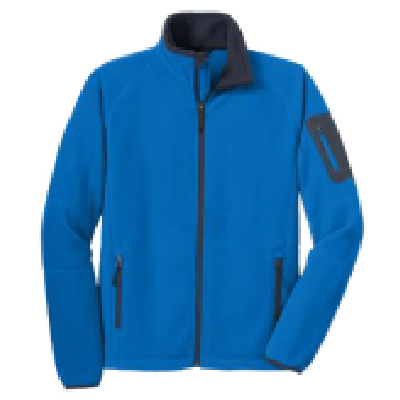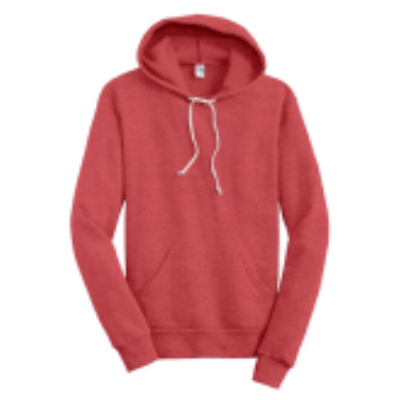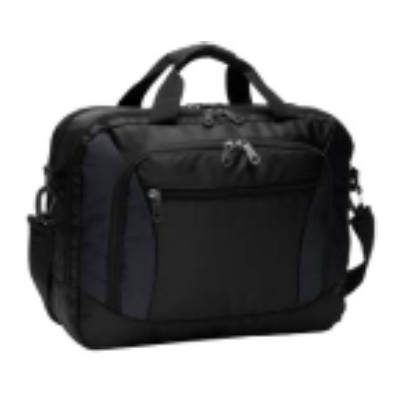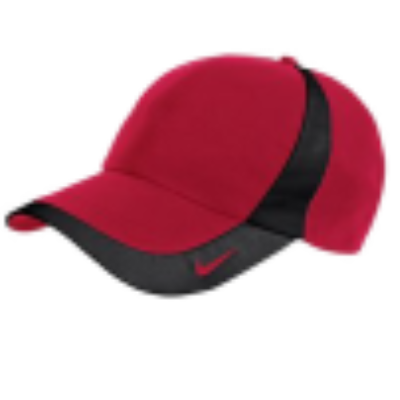How DTG Printers Are Reshaping the Industry Landscape?
Direct to Garment (DTG) printing technology has revolutionized the apparel industry in recent years, offering flexibility and efficiency in custom garment production. As a digital printing method, DTG allows for high-resolution and complex designs to be printed directly onto clothing with precision and vibrancy. This innovation is enhancing the quality of printed products and transforming business models and production processes across the fashion sector.
According to Future Market Insights, the DTG market is expected to reach approximately US $ 861.2 million in 2024, underscoring its growing popularity. From small-scale artists to large retail brands, adopting DTG printers is reshaping the industry landscape, enabling more sustainable practices and responding rapidly to changing consumer trends. In this blog, we will discuss how DTG printing technology is making its mark and what future implications it might hold for the apparel industry.

